Discover how native ads can enhance your content marketing strategy and seamlessly integrate advertising into your blog posts.
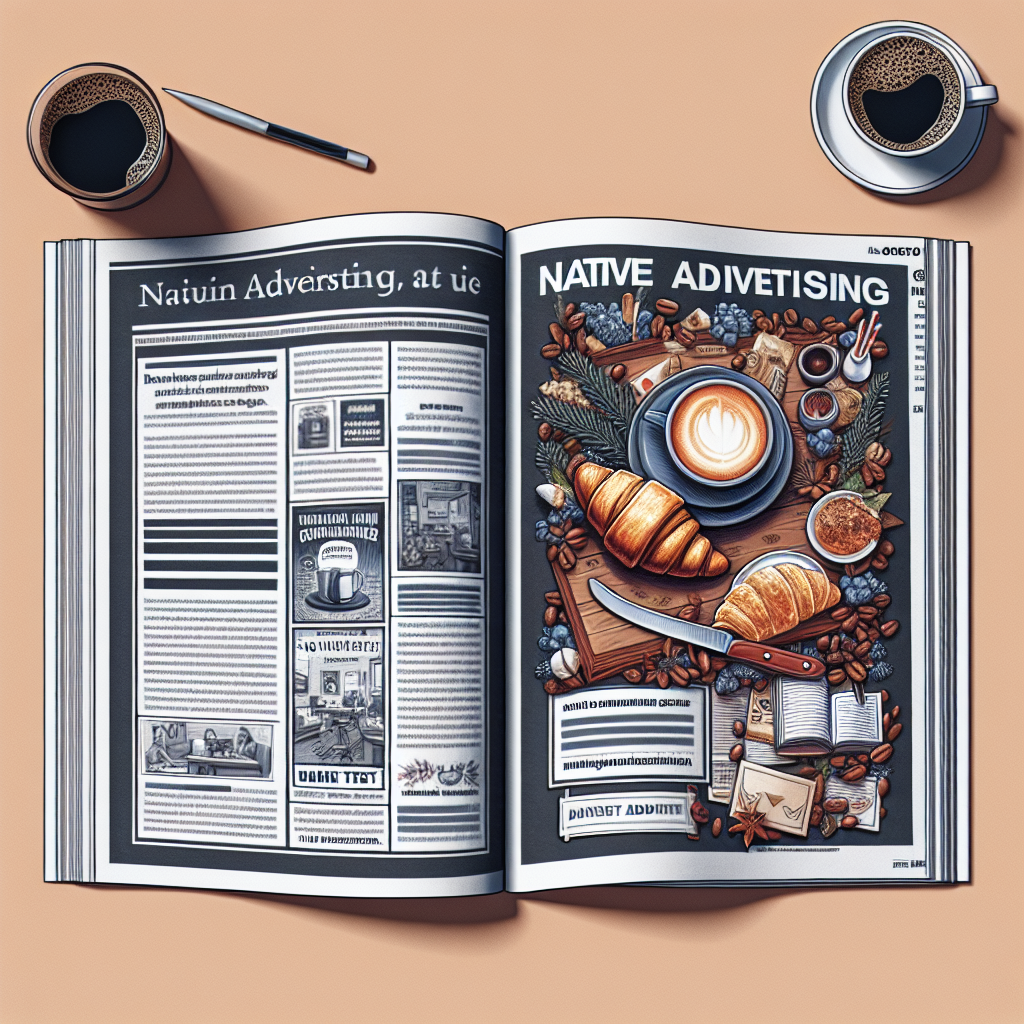
Image courtesy of via DALL-E 3
Table of Contents
Introduction to Native Ads
Native ads are a type of advertisement that blends in seamlessly with the content around it. They are designed to look and feel like a natural part of the website or platform they appear on, making them less disruptive and more engaging for the audience.
Unlike traditional banner ads or pop-ups that stand out and interrupt the user experience, native ads flow organically within the content, making them more appealing to viewers. They can be articles, videos, or images that match the style and tone of the platform, making them feel like a natural recommendation rather than a blatant advertisement.
Native ads are all about subtlety and integration. By fitting in with the surrounding content, they become more effective in capturing the attention of users and influencing their purchasing decisions without being overly pushy or intrusive.
Types of Native Ads
When it comes to native advertising, there are different types of native ads that serve different purposes in blending seamlessly with content. Let’s explore some of the most common types of native ads:
In-Feed Ads
In-feed ads are native ads that appear within a user’s natural feed of content, such as social media feeds or news websites. These ads are designed to match the look and feel of the surrounding content, making them less disruptive to the user experience.
Search Ads
Search ads are native ads that appear at the top of search engine results pages. They are tailored to match the user’s search query, making them highly relevant and effective in capturing the user’s attention.
Recommendation Widgets
Recommendation widgets are native ads that suggest content to users based on their browsing behavior or interests. These widgets are commonly found at the end of articles or on the sidebar of websites, enticing users to explore more content.
Promoted Listings
Promoted listings are native ads often seen on e-commerce platforms or online marketplaces. These ads showcase products or services in a way that blends naturally with the rest of the listings, increasing the chances of attracting potential customers.
How to Create Effective Native Ads
Understanding your audience is crucial when creating native ads. You need to know what appeals to them, their interests, and preferences. By knowing your audience, you can tailor your ads to resonate with them and increase engagement.
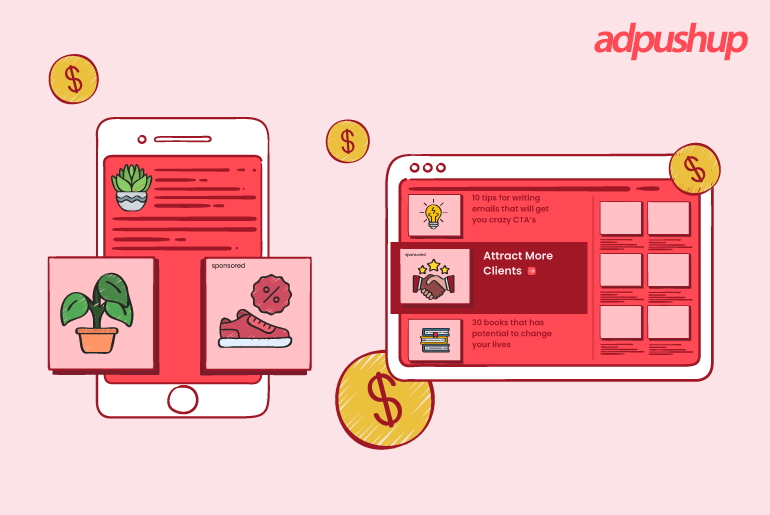
Image courtesy of www.adpushup.com via Google Images
Design and Format
When designing native ads, it’s essential to make them visually appealing and seamlessly blend with your content. Use eye-catching images, clear and concise headlines, and a layout that complements your website’s design. The goal is to make the ads look natural and not intrusive.
Write Compelling Content
The content of your native ads should be engaging, informative, and relevant to your audience. Write in a way that captures their interest and encourages them to take action. Avoid using overly promotional language and focus on providing value to the reader.
Integrating Native Ads into Your Content Strategy
When integrating native ads into your content strategy, it’s crucial to ensure that the ads align with the overall theme and topics of your regular content. Native ads should seamlessly blend in with your articles or videos, providing value to your audience without disrupting their experience. By keeping the content relevant and related, you increase the chances of engaging users with the ads.
Placement Matters
Strategic placement of native ads within your content can significantly impact their visibility and effectiveness. Consider placing ads at natural breakpoints in your content, where users are more likely to notice and engage with them. Avoid overwhelming your audience with too many ads or placing them in a way that interrupts their reading or viewing experience. By carefully considering the placement of native ads, you can optimize their performance and achieve better results.
Monitor and Adjust
After integrating native ads into your content strategy, it’s essential to monitor their performance and make adjustments as needed. Track key metrics such as click-through rates, conversions, and user engagement to understand how well the ads are performing. Use this data to optimize your native ads further, making changes to the design, content, or placement to enhance their effectiveness. By continuously monitoring and adjusting your native ads, you can ensure they remain relevant and engaging for your audience.
Best Practices for Native Ads
When incorporating native ads into your content strategy, it’s important to follow best practices to ensure your ads are effective and user-friendly. By adhering to these guidelines, you can seamlessly integrate native ads into your content and maximize their impact on your audience.
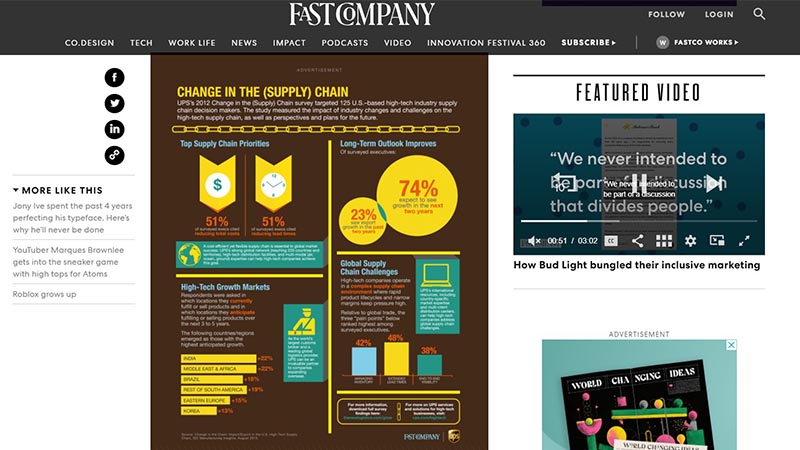
Image courtesy of penji.co via Google Images
Transparency and Disclosure
One of the crucial best practices for native ads is transparency and disclosure. It’s essential to clearly indicate that the content is sponsored, so your audience understands the nature of the ad. By being transparent, you build trust with your readers and maintain credibility in your content.
Consistency with Brand Voice
Another key best practice is to maintain consistency with your brand voice. Ensure that your native ads align with the tone and style of your overall brand. By keeping the messaging consistent, you reinforce your brand identity and make the ads feel more cohesive with the rest of your content.
Test and Learn
Lastly, it’s important to continuously test and learn from your native ads. Experiment with different designs, formats, and messaging to see what resonates best with your audience. By analyzing the performance of your ads and making adjustments based on the results, you can optimize your native advertising strategy for better engagement and results.
Common Challenges and How to Overcome Them
Ad fatigue is when users become tired of seeing the same ads repeatedly, causing them to lose interest in the content. To prevent ad fatigue, it’s important to keep your content fresh and engaging. Rotate different native ads regularly to provide variety and appeal to different segments of your audience. Additionally, consider creating new and compelling ad designs to grab the attention of your users.
Balancing Ads and Content
It’s essential to strike a balance between native ads and your regular content to maintain a positive user experience. Avoid overwhelming your audience with too many ads, as this can lead to ad blindness and frustration. Make sure that your native ads align with the overall theme and purpose of your content, providing value to your readers while also promoting your products or services subtly.
Ensuring Relevance
To ensure the success of your native ads, it’s crucial to make them relevant to both your target audience and the context in which they appear. Conduct thorough research on your audience’s interests, preferences, and behaviors to tailor your ads accordingly. Moreover, consider the placement of your ads within your content to ensure they blend seamlessly and provide value to the user without disrupting their experience.
Tools and Resources
Ad creation tools are essential for designing and creating visually appealing native ads that seamlessly integrate with your content. These tools provide templates, graphics, and tools to help you create professional-looking ads without the need for advanced design skills.
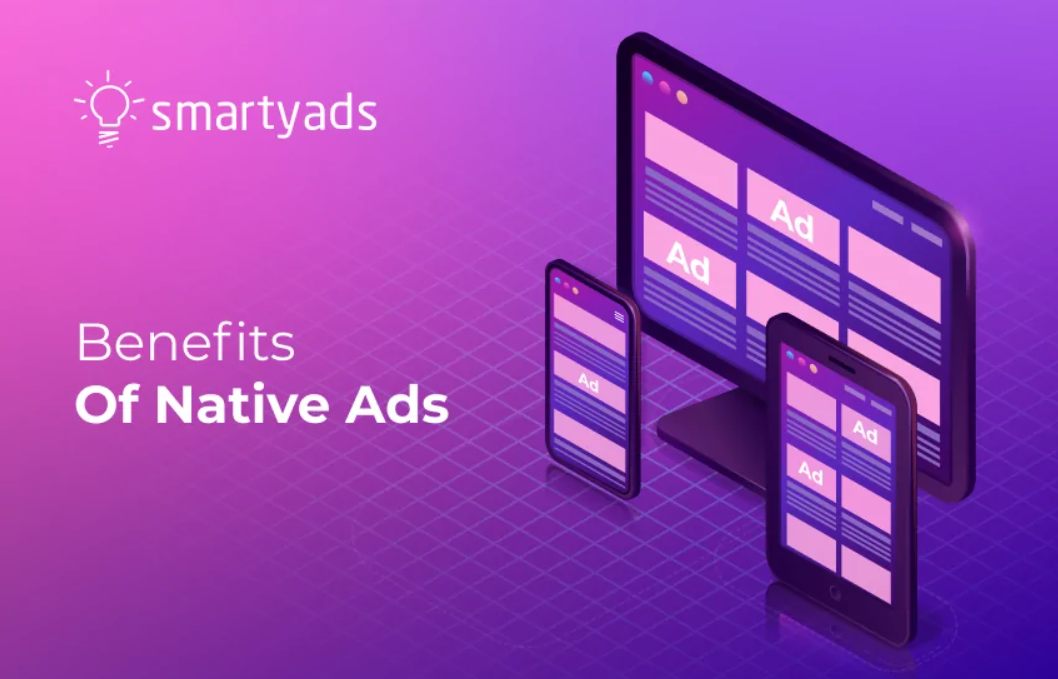
Image courtesy of smartyads.com via Google Images
Analytics Tools
Analytics tools are crucial for tracking the performance of your native ads and understanding how users interact with them. These tools provide valuable insights into metrics such as click-through rates, conversion rates, and engagement levels, allowing you to optimize your ads for better results.
Future of Native Ads
Native advertising is constantly evolving, and new trends are shaping the way ads are integrated into content. One emerging trend is the rise of video native ads. As video content continues to dominate online platforms, incorporating video ads seamlessly into content is becoming more important for brands looking to engage with their audience. Video native ads blend in naturally with the user experience, making them more likely to be consumed and shared.
Technology Innovations
Advancements in technology are also driving the future of native ads. Artificial intelligence (AI) and machine learning are revolutionizing the way ads are targeted and personalized for users. By analyzing data and user behavior, AI can deliver highly relevant native ads to individuals, enhancing user engagement and increasing the effectiveness of advertising campaigns.
Conclusion
In conclusion, native ads are a powerful tool for seamlessly integrating advertising into your content strategy. By understanding what native ads are and how they differ from traditional ads, you can leverage their benefits to engage users effectively. Knowing your audience, designing compelling content, and strategically placing native ads within your content are key factors in creating effective campaigns.
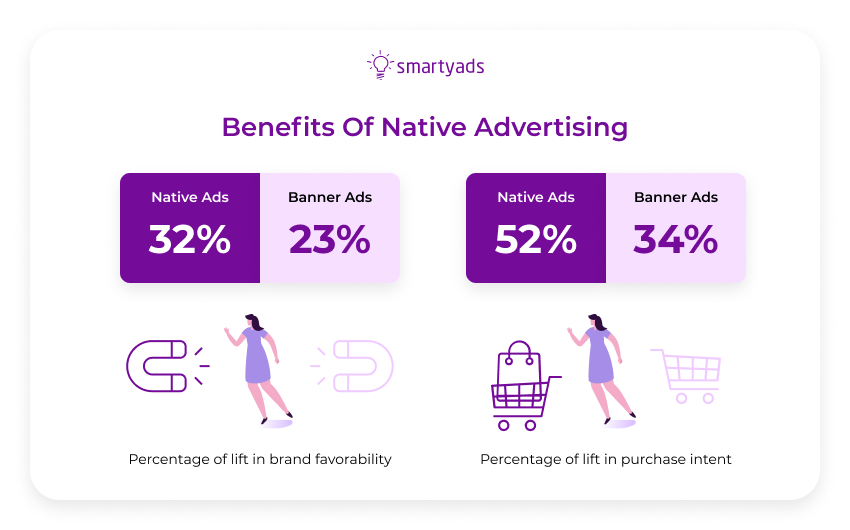
Image courtesy of smartyads.com via Google Images
Key Takeaways
Throughout this article, we’ve covered the importance of native ads in modern marketing strategies. By aligning native ads with your content, being transparent about sponsored content, and consistently testing and adjusting your approach, you can ensure that your ads are both effective and user-friendly. Remember to monitor the performance of your ads and make necessary adjustments to optimize results.
Final Thoughts
Native ads offer a unique opportunity to reach your target audience in a non-intrusive and engaging way. By following best practices, overcoming common challenges, and utilizing available tools and resources, you can enhance your content strategy with native advertising. As the future of native ads continues to evolve with emerging trends and technology innovations, incorporating native ads into your strategy will only become more vital.
Want to turn these SEO insights into real results? Seorocket is an all-in-one AI SEO solution that uses the power of AI to analyze your competition and craft high-ranking content.
Seorocket offers a suite of powerful tools, including a Keyword Researcher to find the most profitable keywords, an AI Writer to generate unique and Google-friendly content, and an Automatic Publisher to schedule and publish your content directly to your website. Plus, you’ll get real-time performance tracking so you can see exactly what’s working and make adjustments as needed.
Stop just reading about SEO – take action with Seorocket and skyrocket your search rankings today. Sign up for a free trial and see the difference Seorocket can make for your website!
Frequently Asked Questions (FAQs)
What is a Native Ad?
A native ad is a type of advertisement that seamlessly blends in with the content where it is displayed. Unlike traditional ads that may look out of place or disrupt the user experience, native ads match the style and format of the surrounding content, making them more engaging and less intrusive.
Are Native Ads Better Than Traditional Ads?
Native ads offer several advantages over traditional ads. They are more effective in engaging users as they appear as part of the regular content, leading to higher click-through rates and better conversion rates. Additionally, native ads enhance brand awareness and credibility by providing valuable information in a non-disruptive way.
How Can I Start Using Native Ads?
To start using native ads, you can follow these basic steps:
1. Identify your target audience and understand their preferences
2. Choose the right platform for displaying your native ads
3. Create compelling and relevant content that seamlessly integrates with the platform
4. Monitor the performance of your native ads and make adjustments as needed to optimize results







